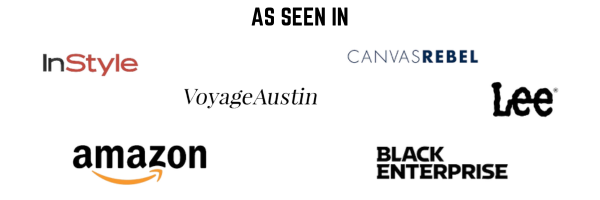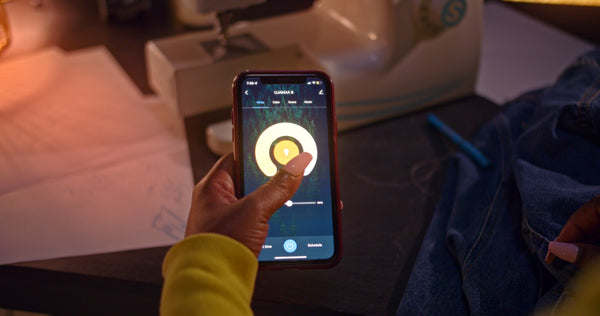
Why Buy Ujamaa LEDs?
The average household in the United States uses 45 light bulbs. These lights range from incandescent, halogen, fluorescent, and LED. Residential use of LED lighting has increase substantially during recent years due to its efficiency. In 2009, only 58% of households reported having at least one LED light bulb. Fast forward to 2015, the LED usage percentage had jumped to 86%, with projections pointing towards a steady increase in this usage trend.
Why LEDs? The following are some of the advantages in making the switch:
-
LONG LASTING - Designed to operation for an average of 50,000 (and sometimes up to 100,000) hours. It’s not uncommon to see LED lights last up to 10 to 15 years or more, based on daily usage.
-
ENERGY EFFICIENT - LEDs have an 80-90% efficiency rating, which means 80-90% of their energy is turned into light rather than heat. This translates into considerable savings on your energy bills. In comparison, incandescent bulbs lose 80% of their energy to heat.
-
GREEN-N-CLEAN - Does not contain any toxic compounds or elements of mercury like bulbs in the past. LED lights are 100% recyclable. The longevity of these lights combined with the aforementioned recycling capabilities will reduce our customer’s carbon footprint substantially.
-
ZERO UV EMISSIONS - Emit the vast majority of its energy in the visible spectrum. LEDs are able to safely and reliably illuminate UV sensitive items like art and delicate paintings without degrading the material over time.
-
DESIGN FLEXIBILITY - The color, shade, brightness, and distribution of LED light can be controlled/modified to perfection. These lights are technically savvy, soothing, uplifting, and can be manufactured to be highly programmable.
-
ACTIVATED INSTANTLY - Can be turned on and off immediately, without the need to “warm up”. This feature does not degrade the performance of the light over time. Halogen and lower-energy bulbs typically take a few minutes to achieve maximum output, and turning them off and on reduces lifespan.
-
DURABLE - Made from very sturdy materials compared to traditional light bulbs. LED components can stand up to harsh weather, impacts, shocks, vibrations, and abrasions. The lighting component is known as Solid State Lighting (SSL), due it being made of solid material, with no filament, tube, or bulb to break.
- SMALLER SIZE - The SSL technology of the light allow it to be manufactured at a smaller size than regular incandescent bulbs. This allows LEDs to be used in more spaces than regular bulbs.
Ready to make the switch? Take a look at our Ujamaa products!


